Every industry has its own terminology, jargon, and vocabularies. You might call it jargon, but it's how everyone in the field communicates and understands each other. The fashion industry is no exception.
Here are a few terminology that every aspiring fashion designer should be familiar with in order to gain a better understanding of the industry.
1. Haute Couture:
Haute couture is the name given to the most exclusive and expensive type of fashion design. It is a French term that literally means "high sewing".
The word haute couture was first used in 1858 by Charles Frederick Worth, who was an Englishman living in Paris. He opened his own dressmaking house in 1858 and called it "haute couture" because he wanted to distinguish his work from other dressmakers who were just making dresses for wealthy women.
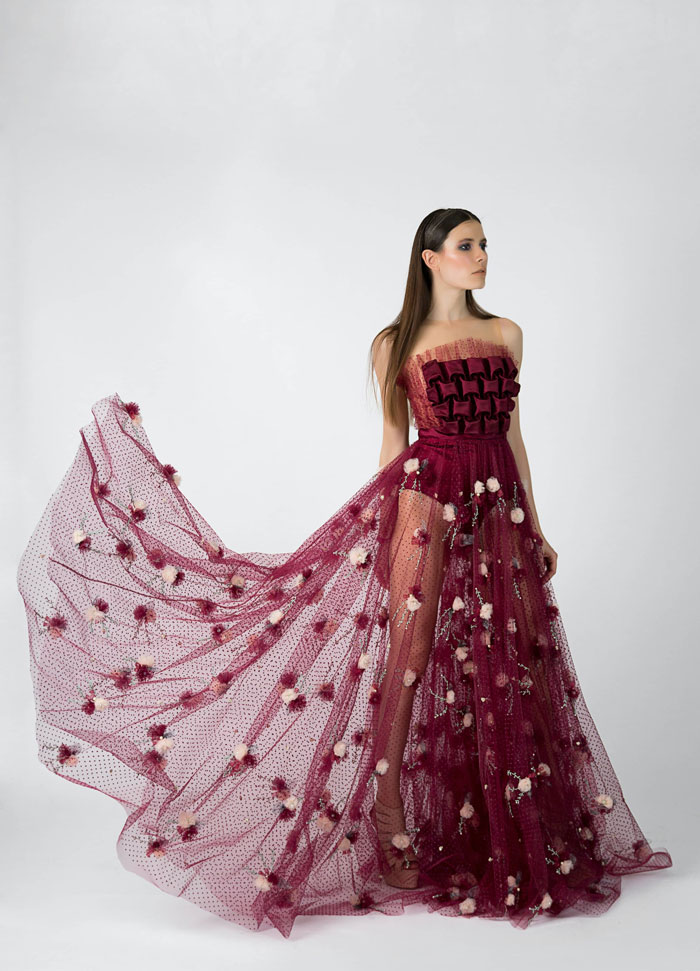
Haute couture is the name given to the most exclusive and expensive type of fashion design. It is only available to a very small number of people, and the clothes are made to order, often taking many months to complete.
2. In Vogue:
The word 'Vogue' is a French word, which in literal terms means 'The Way' or 'The Fashion'. It also means the prevailing opinion, or acceptance of something as established. It is also used to refer to a following or custom. Thus, 'Real Vogue' denotes the emerging fashion trends, or fashions that are considered the real style statements. The word 'Vogue' is not directly synonymous with the word 'Fashion,' though it is indeed associated with the same.
3. Off-the Rack Clothes:
Off-the-rack clothes are mass-produced pieces of clothing that are designed to be worn as is. They are typically less expensive than custom-made clothes and are available at most retailers.
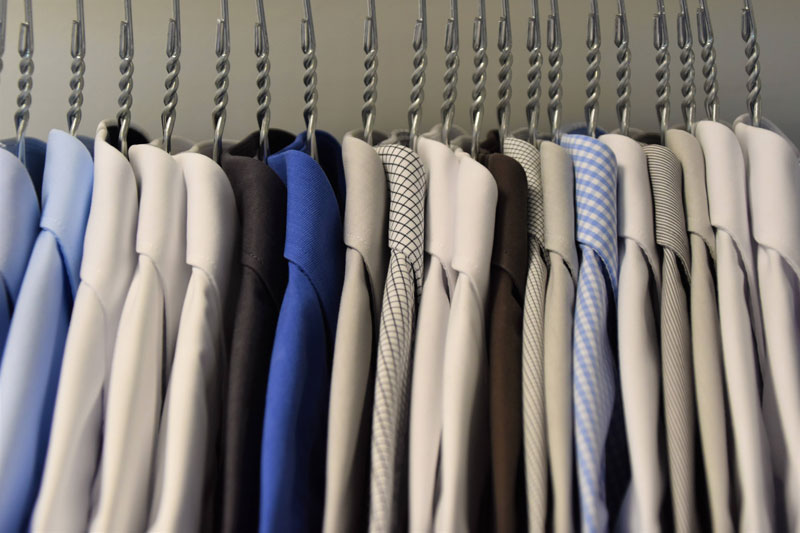
4. Fashion-Forward:
There is no one answer to this question, as fashion can be interpreted in many ways. In general, though, fashion-forward refers to clothing and styles that are on the cutting edge, often pushing boundaries and incorporating new and innovative design elements. Those who are considered fashion-forward often take risks with their personal style and aren't afraid to experiment with different looks.
5. Lookbook:
A lookbook is a collection of images that show the clothing and accessories of a fashion brand.
It is usually presented in the form of a photo shoot, with models wearing the clothes.
Lookbooks are used by fashion brands to showcase their latest collections and to give customers an idea of what they can expect from the brand. They are also used by retailers to promote their products.
The first lookbook was created in 1842 by Charles Frederick Worth, who was one of the first couturiers in France. He created it for his clients so that they could see what he had made for them before they received their order.
6. Capsule Collection:
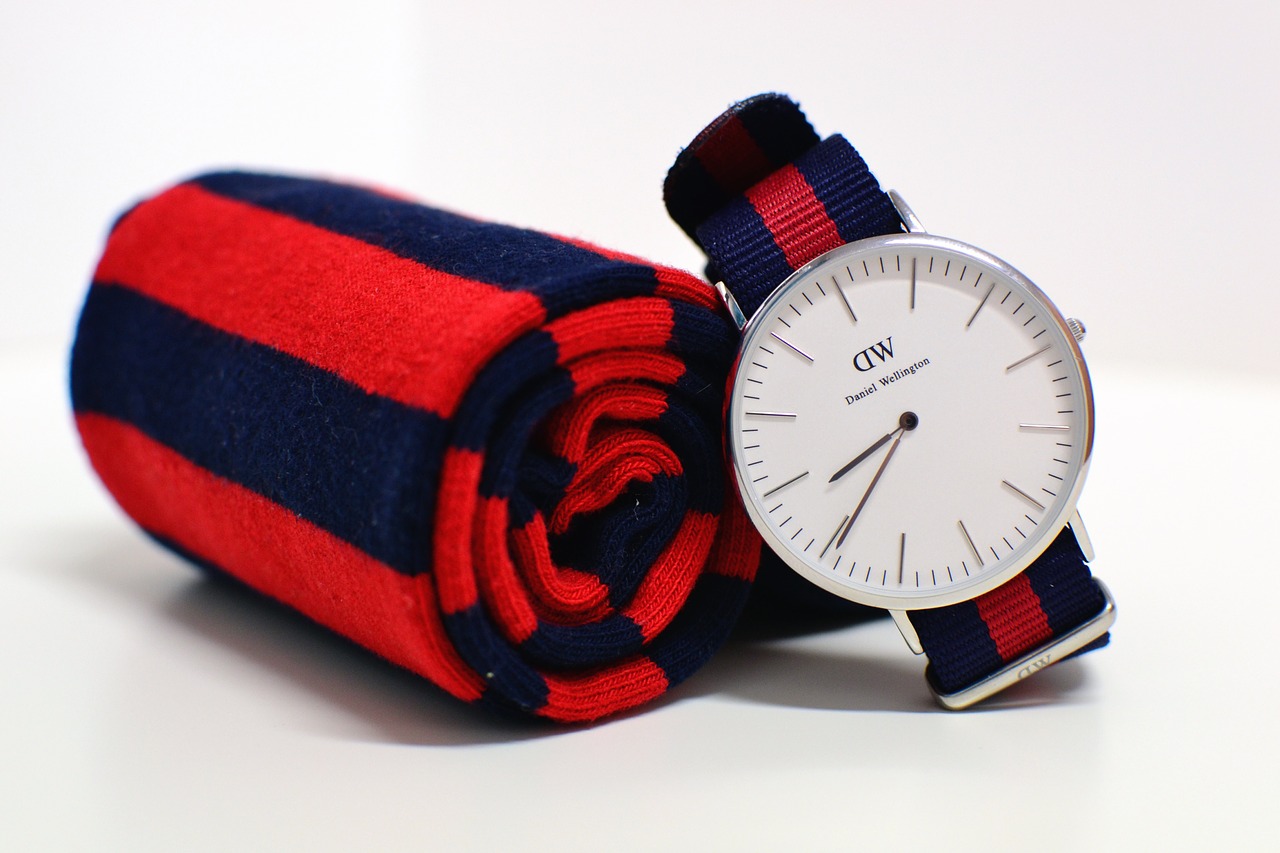
A capsule collection is a small, limited edition set of clothing that is released by a fashion designer. The idea behind the capsule collection is to offer consumers a more affordable way to purchase designer clothes.
The term "capsule" was first used in the 1960s by Yves Saint Laurent and Pierre Bergé to describe their new line of ready-to-wear clothing. The word "capsule" was chosen because it implied that the clothes were small enough to be carried in a handbag.
7. Ready To Wear:
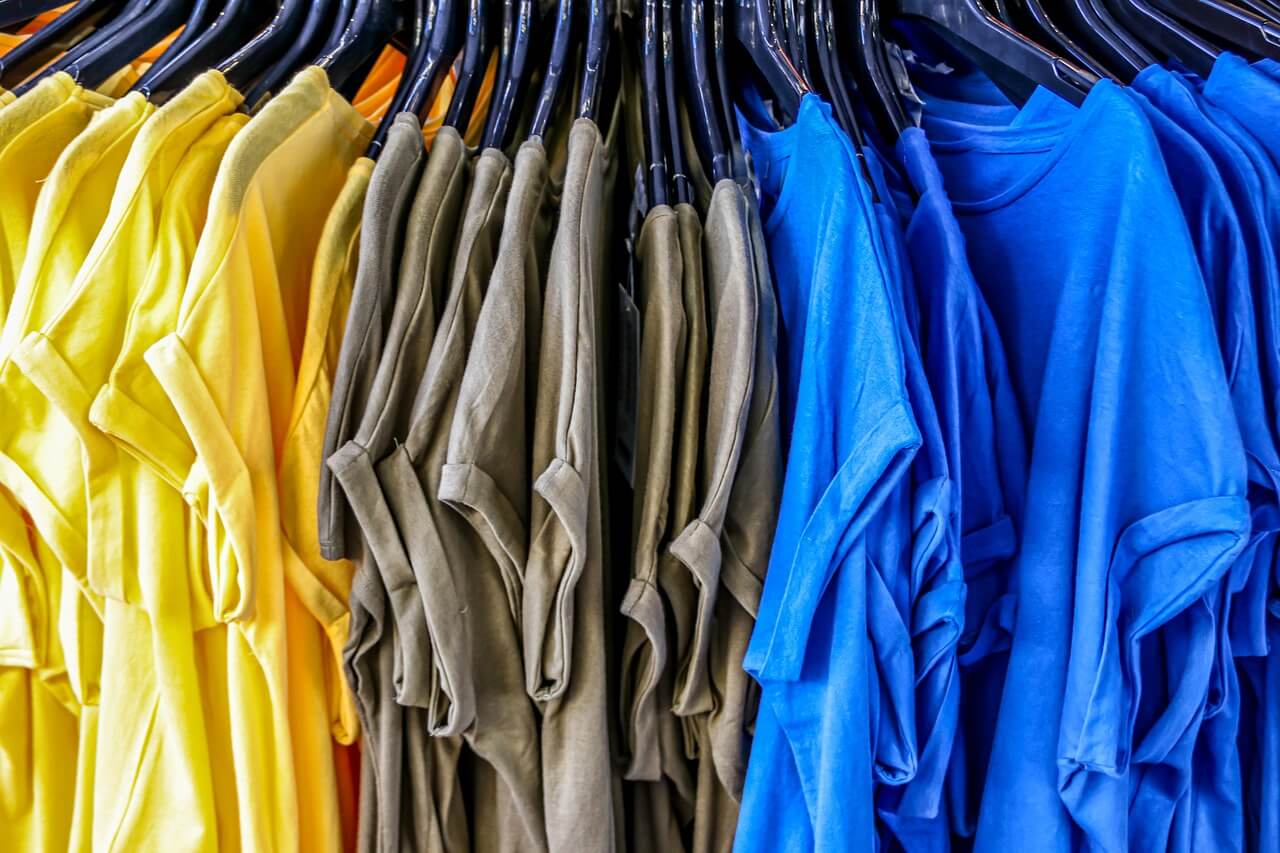
Ready to wear is a term used in the fashion industry to describe clothing that is not made-to-order or custom-made.
Ready to wear clothing is usually mass produced and available for purchase off the rack. Ready to wear clothing can be found in many retail stores, such as H&M, Zara, and Forever 21.
Ready to wear clothing is often less expensive than made-to-order or custom-made clothes because it does not require as much time and labor.
8. Pop Up Store:
Pop up stores are temporary retail spaces that are used to sell products. They are often used by brands to test new products or markets.
Pop up stores can be a great way for brands to test new products or markets without the risk of investing in a permanent store. They can also be used as a marketing tool, where the brand will use the pop-up store as an opportunity to promote their product and generate buzz around it.

9. Pleat:
Pleats are folds of fabric that are sewn into a garment to give it more fullness or to add shape.
Pleats can be found in many different types of clothing, including skirts, trousers, shirts and dresses. Pleats can be used to create a variety of different looks and styles.
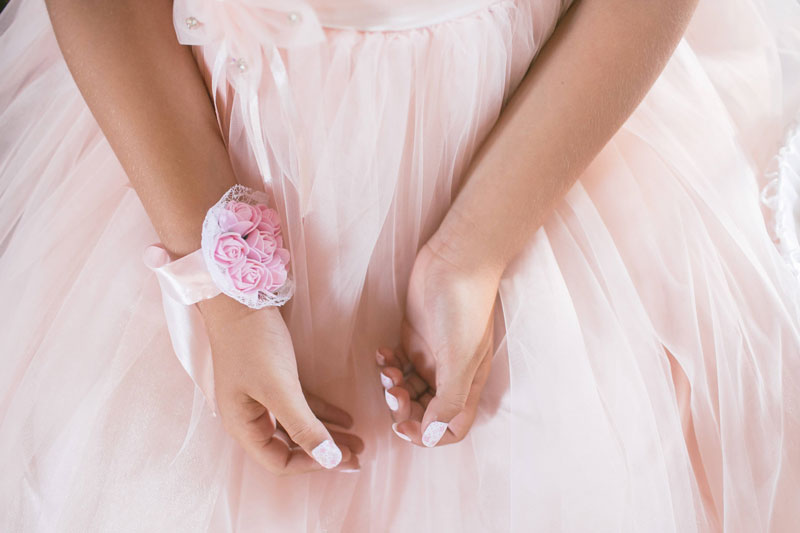
Pleats are often used in skirts and dresses to create a fuller look around the hips and thighs. They can also be used in trousers to create a more flattering silhouette for the wearer.
10. Cut:
The cut is the most important part of a garment. It is the first thing that people notice when they see a garment. The cut can make or break a garment.
The cut of a garment is determined by the shape of the pattern pieces and how they are put together to form the final product. The pattern pieces are usually made from paper, but some designers use computer-aided design (CAD) software to create them.
Now that you've learned the first step of the fashion industry, you can visit Aditya Centre of Excellence to see if it's something you'd like to pursue as a career.
Aditya Centre of Excellence (ACE) is a training partner of the National Skill Development Corporation (NSDC).
The National Skills Development Council (NSDC) Certification is a nationally recognised credential that enhances job opportunities and encourages professional growth.
Aditya Centre of Excellence offers a variety of professional courses and certification programmes, including three for fashion design.
Clothing Merchandising, Fashion Embroidery and Crafts Extensive Fashion Design
You can choose what you want based on your tastes.
These courses are open to students who have completed 10th or 12th grade.

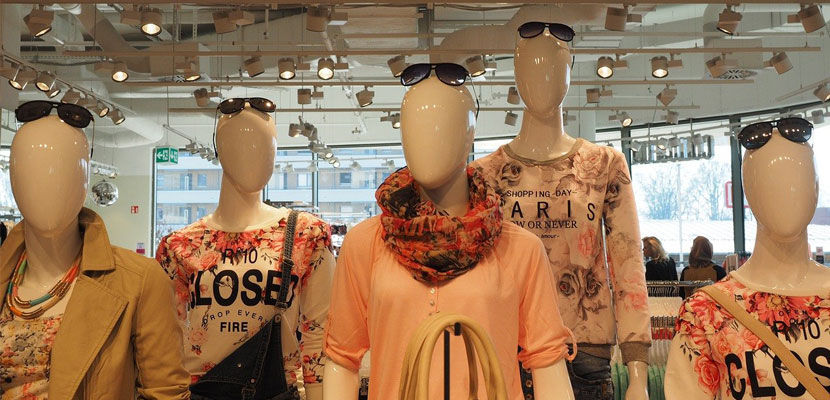

Very Good Information on the Fashion world. The new words with their importance is just simply Enhancing the Beauty. looking forward for more. Regards
Volutpat ut, est sed et tincidunt neque, ipsum consectetulandieros. Vestibulum diam nec. Ridiculus justo volutpat dictum eget odio in. Ridiculus gravida arcu
This is so helpful for anyone getting into fashion design! Knowing the right terms makes communication and creativity so much easier.
Volutpat ut, est sed et tincidunt neque, ipsum consectetulandieros. Vestibulum diam nec. Ridiculus justo volutpat dictum eget odio in. Ridiculus gravida arcu
"Understanding fashion industry terms is essential for anyone stepping into the world of design! From ‘haute couture’ to ‘bias cut,’ mastering these terms helps build a strong foundation in fashion language and creativity." https://microadia.net/dealstore/i-wear-my-style-coupon-code-offers/
Volutpat ut, est sed et tincidunt neque, ipsum consectetulandieros. Vestibulum diam nec. Ridiculus justo volutpat dictum eget odio in. Ridiculus gravida arcu
"Fashion is more than just design—it’s a whole language of its own! Knowing key industry terms gives aspiring designers the edge they need to communicate ideas, trends, and techniques like a pro." https://microadia.net/dealstore/kazo-coupon-code-offers/
Volutpat ut, est sed et tincidunt neque, ipsum consectetulandieros. Vestibulum diam nec. Ridiculus justo volutpat dictum eget odio in. Ridiculus gravida arcu